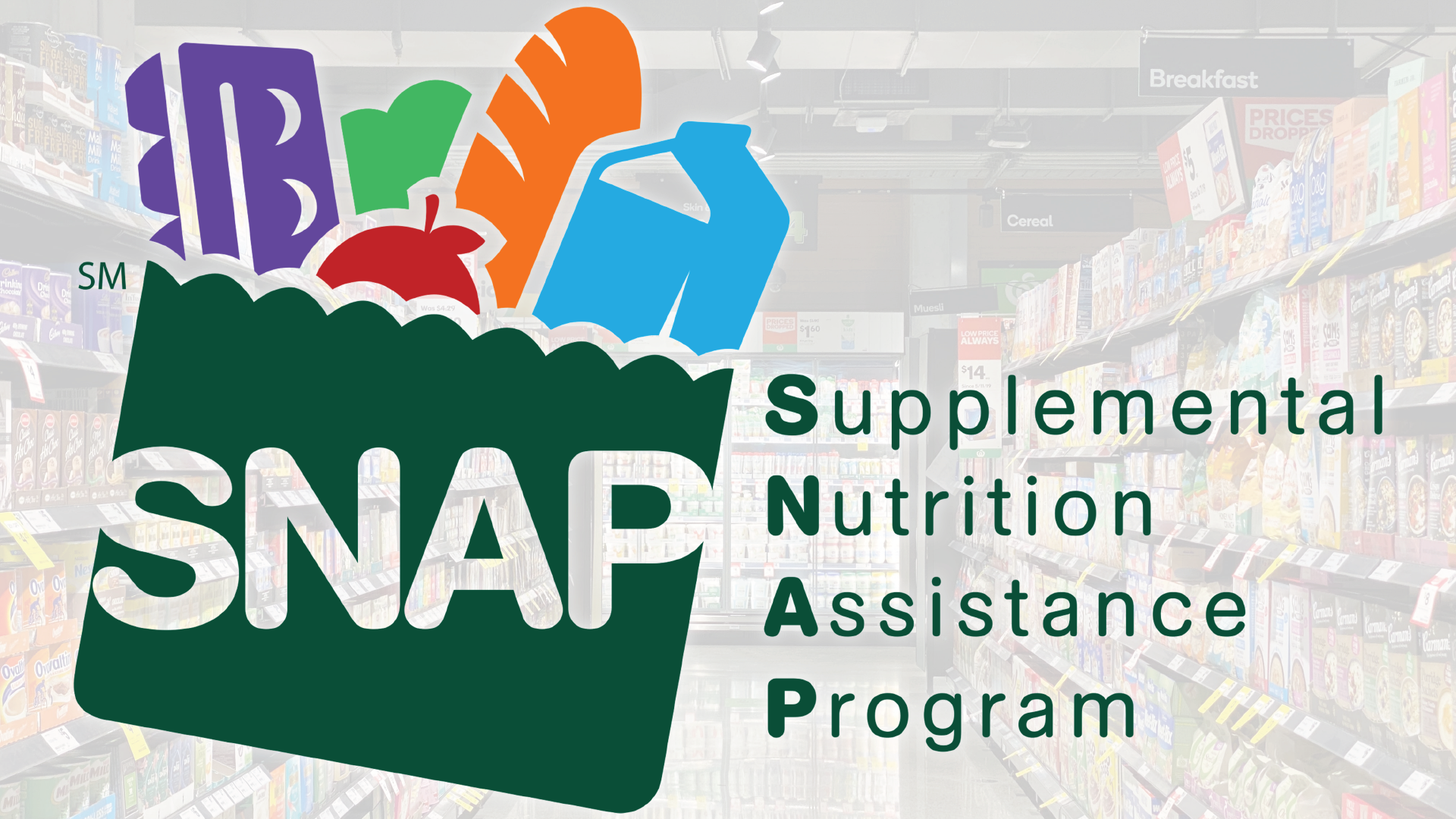Let’s Stop Kidding Ourselves About SNAP
Nathan Mayo
Membership Director
Read more from Nathan
A recent administrative action has permanently increased benefits for the Supplemental Nutrition Assistance Program (SNAP) by 25%. Unfortunately, this historic boost fails to address that the current structure of this nearly 60-year-old program does little to accomplish its purpose. The official SNAP webpage proudly proclaims that, “SNAP provides nutrition benefits to supplement the food budget of needy families so they can purchase healthy food…” To that admirable end, the program formerly known as “food stamps” distributed 79 billion dollars to 40 million people last year. Yet this desire to provide wholesome food to needy families conflicts with clear evidence that wholesome food is not what they think they need. Whether they play by the rules or not, people receiving SNAP benefits currently spend between 70% and 100% of that benefit on items other than healthy food.
Government researchers determined that average SNAP recipients increase their food expenditure by only 30% of the value of their benefits. In other words, a person previously spending $300 on food a month who qualifies for $100 of food stamp benefits will start spending $330 on food and shift the $70 from his existing budget to other purposes. This surprisingly low percentage suggests that food is not recipients’ top priority, as people who were in dire need of food would be expected to boost their food budget by the full value of the benefits.
What of the hope that needy families will buy nutritious food? According to a study of a major retailer, recipients spend about 20% of their total grocery budget on junk food, with soft drinks as the top purchase—enough to supply a family of four with 20 two-liters of soda per month. Given the marginal amount of SNAP spent on food and the typical benefits for a family, SNAP literally expands the grocery budget by the exact amount needed to cover the junk food. SNAP recipients also spend about 27% less on fruits and vegetables than non-SNAP households. This difference cannot be attributed to a lack of access because around 85% of SNAP purchases are made at large chain grocery stores with vast produce selections. One factor in these choices is likely smaller grocery budgets and the fact that fresh produce is more expensive.
A less savory contributor to this poor nutrition may be that SNAP encourages unhealthy purchases through the “house money” effect. When gamblers win money, they are less careful with their winnings since they view the “house money” as more disposable than their own cash. Similarly, when people receive SNAP dollars, they are sometimes less careful about their purchases than they would be with their hard-earned dollars. In my role working with poverty-focused nonprofits, I recently came across a woman who recounted how she helped her housemate apply for SNAP and proceeded to help her spend all of their new “fun money” on bags full of candy, soda, and snack cakes.
Additionally, while SNAP is often lauded for its miniscule fraud rates of only around 1%, this figure only counts detected fraud. A higher rate seems more sensible to people who regularly work with SNAP recipients. A few weeks ago, I spoke to a young man in a stable situation who drew SNAP benefits and gave the card to his ineligible mother. In his defensive words, “everyone I know is doing it.” If SNAP investigators are similar to IRS investigators, it is safe to say that they do not detect all fraud. The IRS estimates that they uncover a mere 6% of all tax fraud, or $60 billion recovered of up to $1 trillion in evasion. If the same detection rate holds for SNAP, that would equate to a fraud rate of 15%.
In addition to eligibility fraud, SNAP cards or groceries are regularly resold to others. Reports across the nation confirm that the going rate for this type of fraud is 50 cents on the dollar (MA, MI, GA). This discounted rate points out that SNAP benefits cost twice as much to taxpayers as they are worth to many recipients.
Our good-hearted attempt to provide wholesome food to needy families does not work as we intend. The small effect that SNAP has on grocery budgets and the steeply discounted resale value prove that the nutritional benefit of SNAP is a fraction of what it appears to be. While recipients surely appreciate the boosted spending power, their actions signal that their true needs are more complex than one-size-fits-all programs can address. Not only do in-kind benefits programs like SNAP completely sidestep root causes of poverty, but in many cases, their image of delivering vital sustenance to people in need is mere illusion.




